In the vast expanse of transportation logistics, semi-trailers play a pivotal role in the movement of goods across various landscapes. Their composition is crucial not only for functionality and safety but also for longevity and effectiveness in operations. This article delves deep into the materials used in the construction of semi-trailers, the merits of each, and how they influence performance, durability, and maintenance costs.
The Core Materials of Semi-Trailers
1. Steel: The Backbone of Semi-Trailers
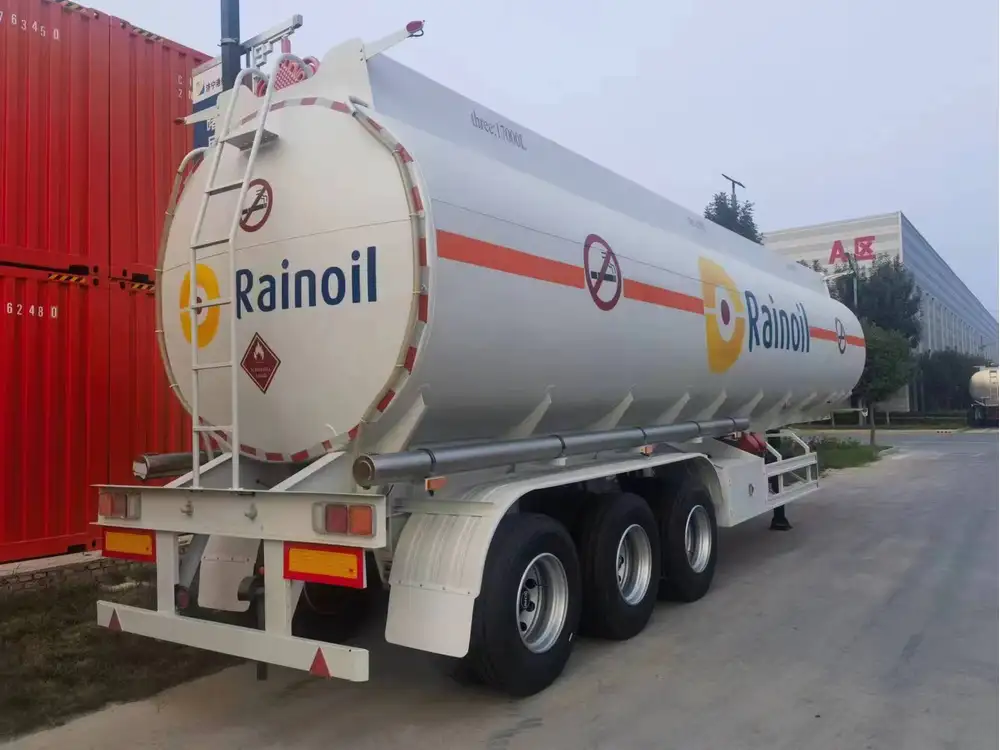
Types of Steel Used
Semi-trailers often feature steel frames because of their robustness and structural integrity. The primary types include:
- Mild Steel: Commonly used for its excellent weldability and ductility, mild steel is a preferred choice for trailer manufacturers focusing on weight management while maintaining strength.
- High-Strength Low-Alloy Steel (HSLA): This type offers enhanced mechanical properties and better performance at reduced weights, making it ideal for maximizing payload capacity.
- Stainless Steel: Although more expensive, stainless steel offers superior resistance to corrosion and is often used in semi-trailers that transport perishable goods or operate in harsh environments.
Advantages of Steel
The utilization of steel in semi-trailer construction provides several benefits:
- High Strength-to-Weight Ratio: Allows for a sturdy structure without excessively increasing the overall weight.
- Durability: Resistant to daily wear and tear, steel can endure various weather conditions and loads.
- Repairability: Steel frames can be easily repaired and reinforced without necessitating complete replacement.
2. Aluminum: The Lightweight Alternative

Benefits of Aluminum in Semi-Trailering
Aluminum has gained traction in semi-trailer manufacturing due to its lightweight nature, which contributes to fuel efficiency and payload capacity. Key advantages include:
- Lightweight: Aluminum is approximately one-third the weight of steel, which translates into significant decreases in operational costs, especially for freight transportation.
- Corrosion Resistance: Unlike steel, aluminum naturally forms an oxide layer that helps protect it from rust and degradation.
- Aesthetic Appeal: With its modern look and finish, aluminum frames enhance the visual appeal of trailers.
Types of Aluminum Used
Typically, semi-trailers use high-quality alloys such as 6061 and 6082, known for their excellent mechanical properties and susceptibility to welding.
3. Composites: A Modern Solution
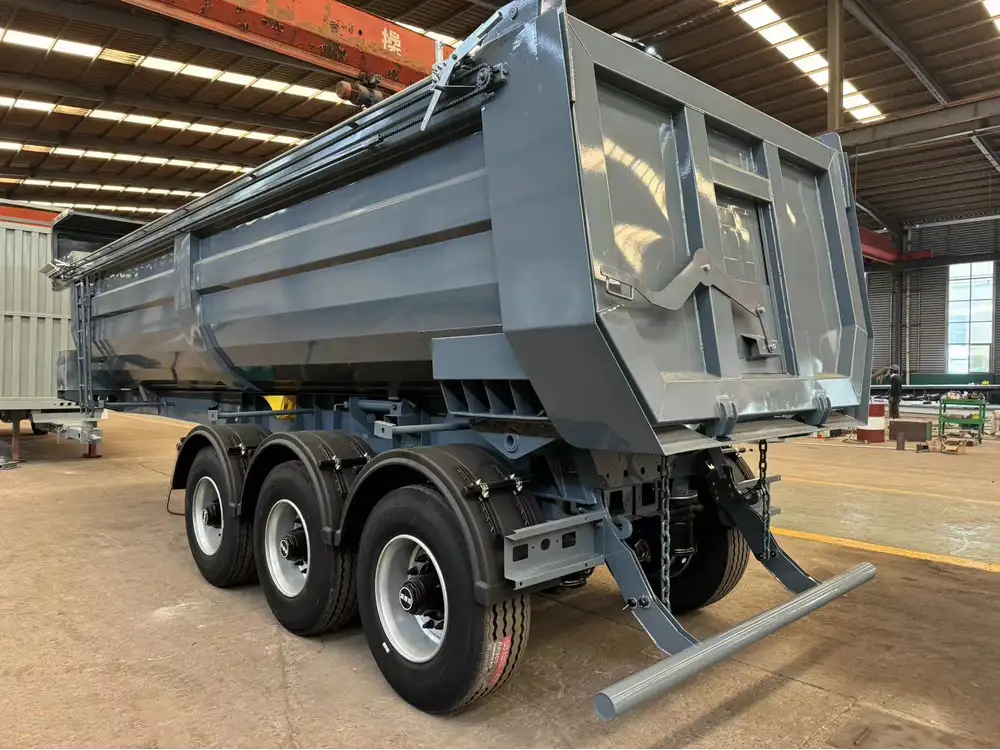
Exploring Composite Materials
Composite materials have emerged recently in semi-trailer design, particularly in flooring and side panels. They often consist of a combination of materials, such as:
- Fiberglass: Offering high strength while being exceptionally lightweight, fiberglass is often used in refrigerated trailers.
- Thermoplastics: This category includes materials that can be molded into various shapes, providing flexibility in trailer design while maintaining robustness.
Advantages of Composites
- Weight Management: The reduced weight of composite materials assists in maximizing payload capacity.
- Increased Insulation: Composites often provide superior thermal insulation properties, crucial for temperature-sensitive cargo.
- Low Maintenance: Many composites do not require paint and possess longevity, minimizing upkeep costs.
Construction Techniques of Semi-Trailers
A semi-trailer’s durability and functionality hinge not just on the materials used but also on the construction techniques employed. Let’s break down the core methodologies.
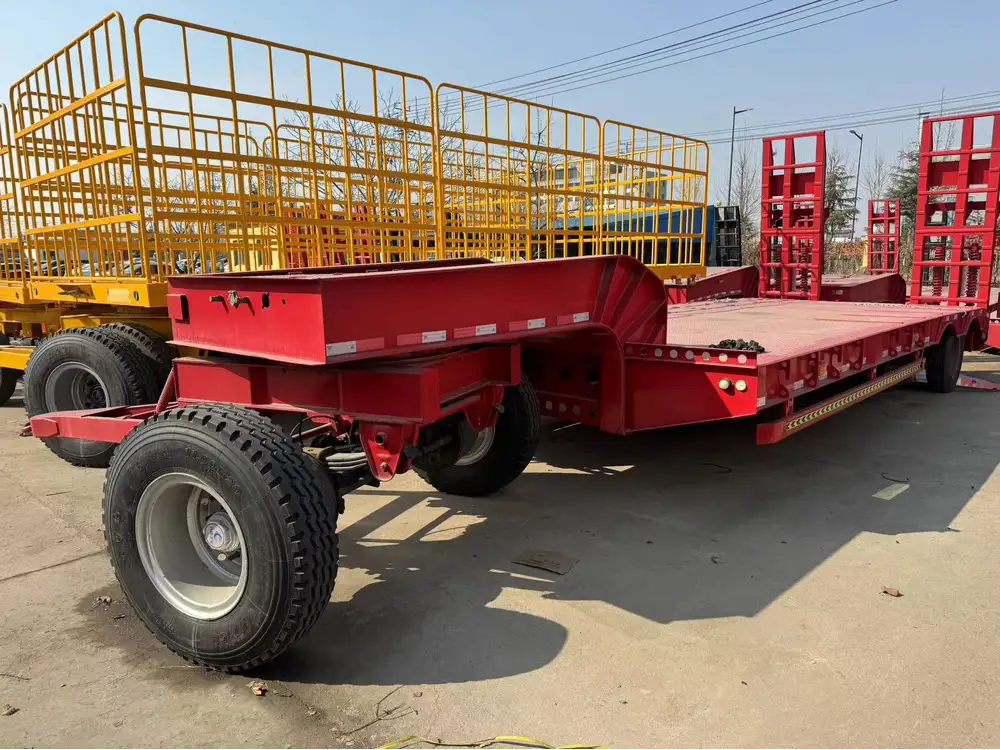
1. Welded Construction
Welding is a prevalent method for assembling steel trailer frames. This technique offers:
- Strength: Welds are often stronger than the base metal.
- Flexibility in Design: Allows for custom shapes and sizes to cater to specific freight requirements.
2. Riveting
Riveting, while somewhat antiquated, is occasionally used for joining parts of trailers, particularly in older models. Its main advantages include:
- Shock Absorption: Riveted joints can flex, which reduces the risk of metal fatigue in certain applications.
3. Bolted Construction
This method enhances repairability. In the event of damage:
- Ease of Replacement: Components can be individually replaced without affecting the entire structure.
- Configurability: Allows for modifications and customizations to suit different cargo requirements.
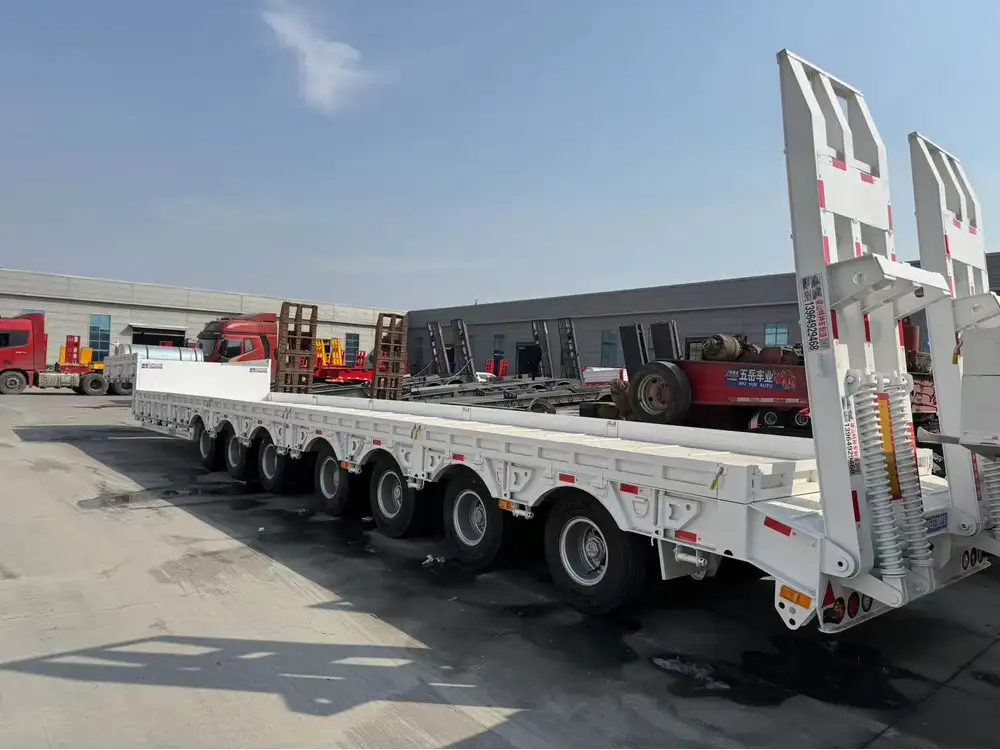
4. Advanced Technologies: Robotics and Automation
Automation in trailer assembly is becoming more common, allowing for precision manufacturing, reducing errors, and significantly improving production rates.
Structural Components: A Closer Look
Understanding the structure of a semi-trailer is vital to grasping its overall performance. Below is an in-depth look at key components.
1. Frame
The frame serves as the core structure. It can be constructed from steel or aluminum and essentially dictates durability and load capacity.
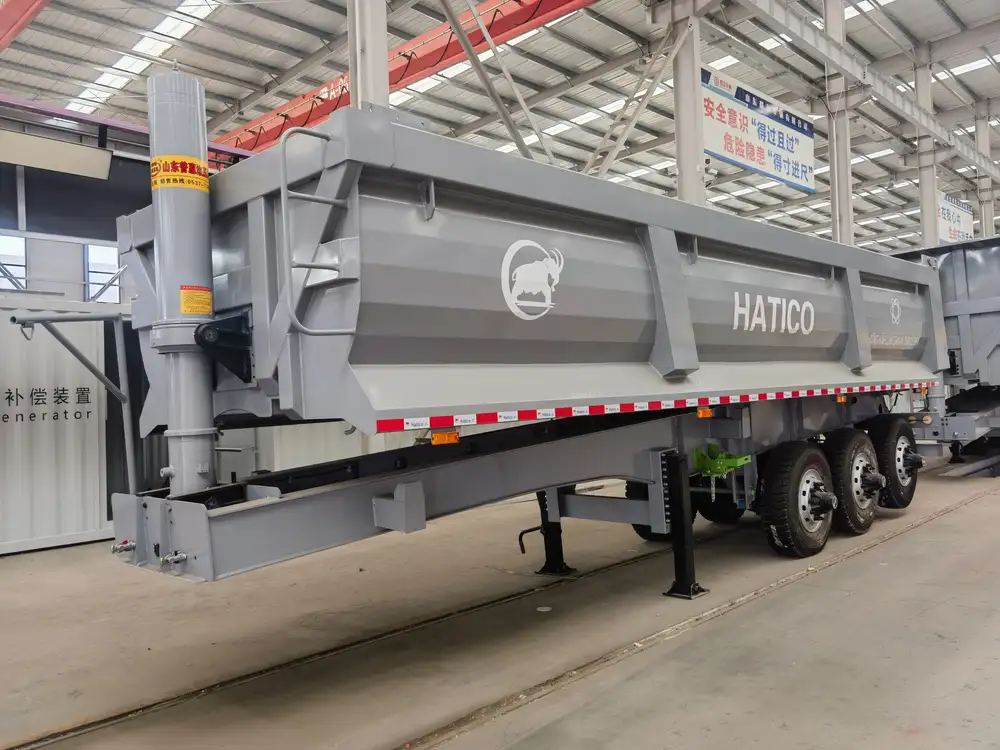
2. Axles and Suspension Systems
A. Axles
The axles are critical as they bear the weight of the trailer and support the wheels. Depending on the load they carry, trailers may use different axle configurations such as:
| Axle Type | Description | Benefits |
|---|---|---|
| Single | One axle configuration, often lighter loads | Simplicity and cost-effectiveness |
| Tandem | Two axles that provide better stability for heavy loads | Improved weight distribution and reduced tire wear |
| Tri-Axle | Three axles for very heavy loads | Maximized load capacity and enhanced stability |
B. Suspension Systems
Suspension systems are crucial for load distribution and ride quality. Various systems include:
- Leaf Spring Suspension: Durable and cost-effective; suitable for general freight transport.
- Air Ride Suspension: Provides enhanced ride quality and cargo protection; ideal for delicate loads.
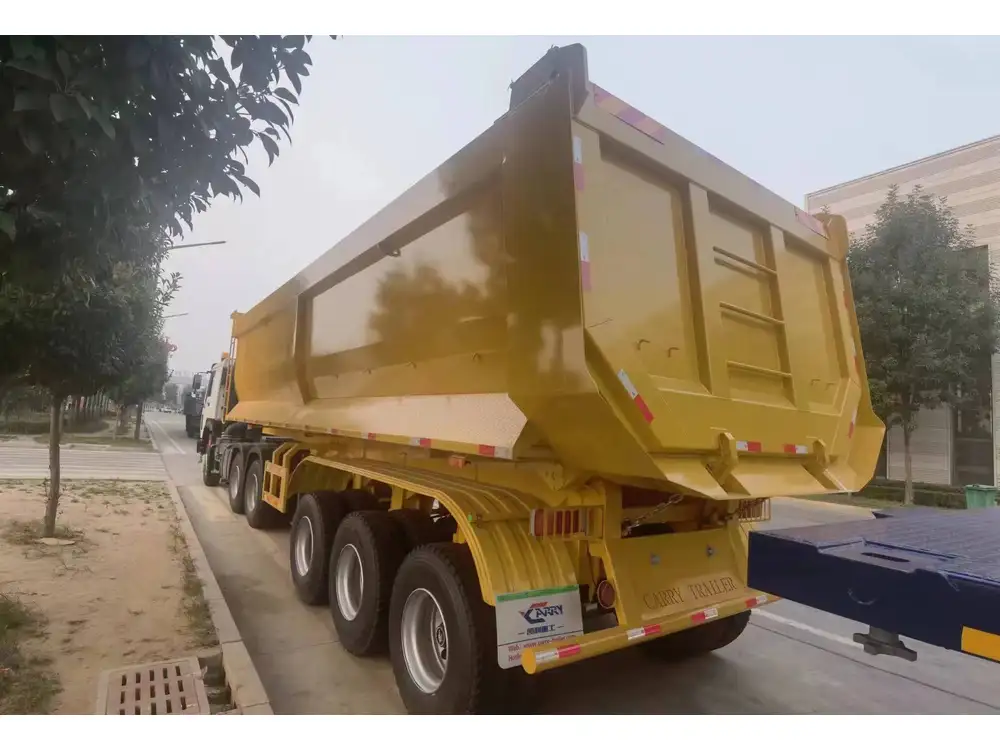
3. Flooring
Flooring materials can significantly affect the trailer’s load-carrying capabilities and efficiency. Options include:
- Plywood: Commonly used for its affordability and decent strength.
- Composite Panels: Offering lighter weight and increased durability.
4. Sides and Roof
Typically made from aluminum or fiberglass, the material selection for side panels and roofs determines the trailer’s overall weight, corrosion resistance, and insulation properties.
Performance Metrics: Assessing Semi-Trailer Efficacy

1. Load Capacity
The materials and construction methods directly affect the semi-trailer’s load capacity, which is frequently evaluated against federal regulatory requirements to ensure safe transportation.
2. Fuel Efficiency
Lighter materials like aluminum significantly enhance fuel efficiency by reducing overall weight, enabling trucks to transport more cargo with less fuel consumption.
3. Maintenance Costs
Material choice and construction type play crucial roles in long-term maintenance. Steel often requires protective coatings to prevent rust, while aluminum and composites typically reduce long-term upkeep due to their inherent resistance to corrosion.
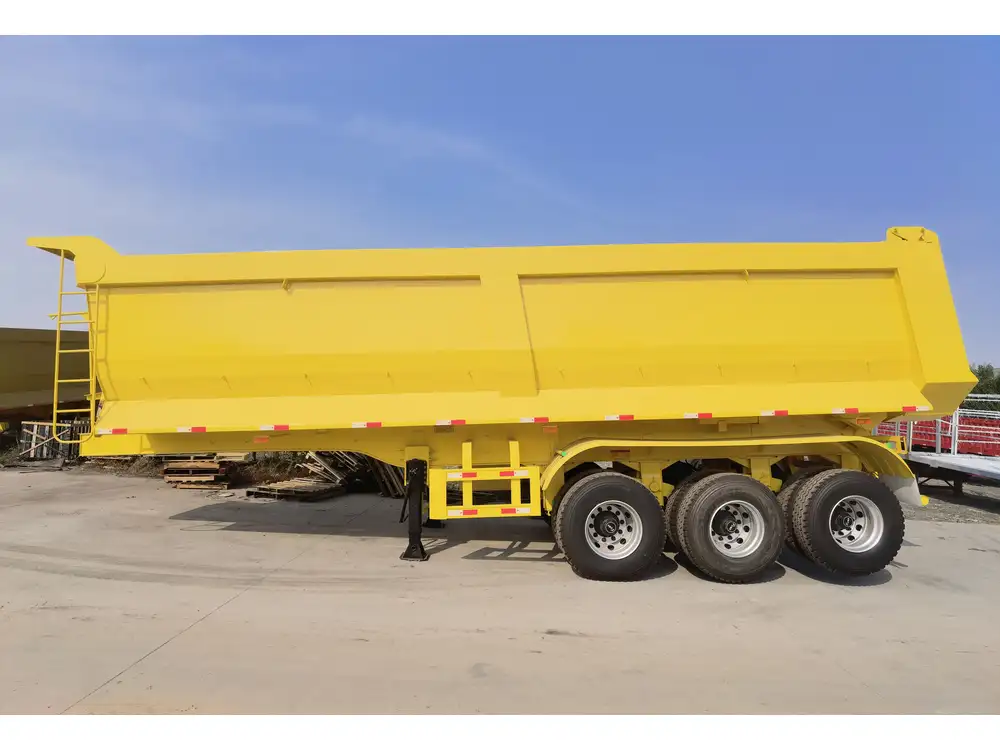
Conclusion: The Future of Semi-Trailer Manufacturing
As demands for more efficient and environmentally friendly transportation continue to rise, semi-trailer manufacturers are expected to innovate alongside advancements in materials technology and construction methodologies. The ongoing research into hybrid materials and enhanced designs will likely shape the next generation of semi-trailers, aiming for better performance, lower operating costs, and reduced environmental impact.
Understanding the materials and construction techniques behind semi-trailers is critical for operators and logistics managers seeking to optimize their fleets. By investing in quality trailers composed of advanced materials and employing effective maintenance strategies, businesses can ensure their operations are both profitable and sustainable in the long haul.
This comprehensive guide to what semi-trailers are made of provides insights not only into material choices and their implications but also into the future trajectory of the industry, ensuring operators remain at the forefront of technology and performance in transportation logistics.



